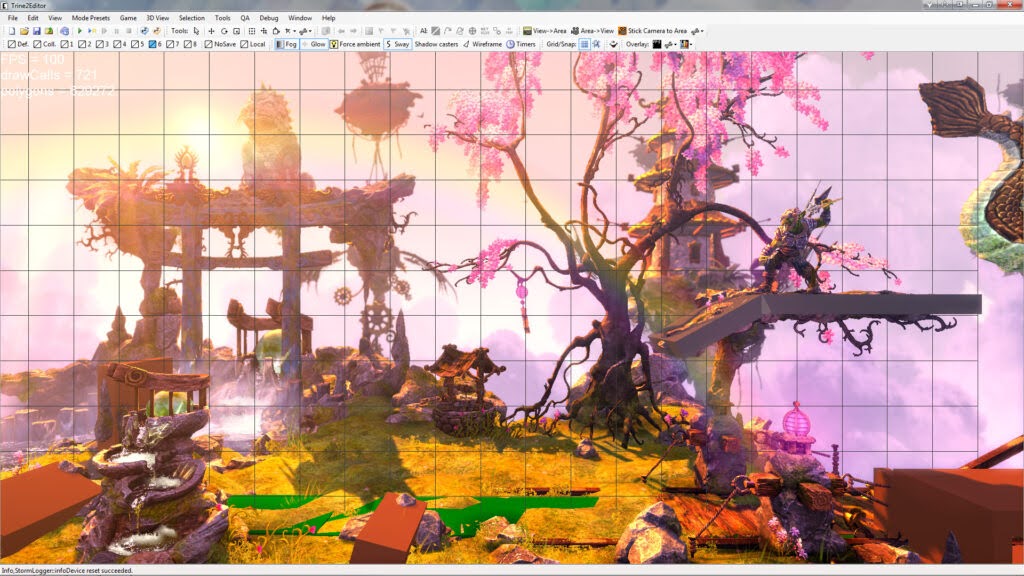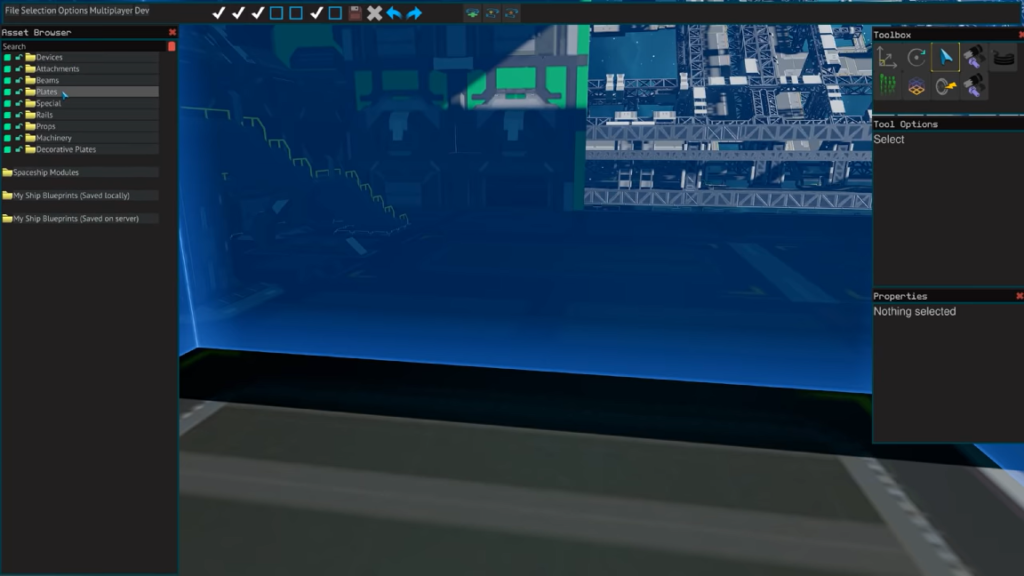
Tool UX/UI Design
Designing UX for tools
Designing UX for tools is very different from designing UX for games. In games, friction is necessary to create challenge and engagement. In tools, friction is the enemy: developers need efficiency, clarity, and reliability to stay in flow.
Frozenbyte's Proprietary Engine
Frozenbyte’s in-house engine had grown with the company for over almost two decades, supporting games on PC, consoles, and mobile. With each new project, features were bolted on as needed—resulting in powerful, but uneven, tools.
My Role
I was hired as the first dedicated UX owner for the engine and tools. My background in both UX research and programming meant I could approach this independently: learning, evaluating, and improving workflows across disciplines.
My goal:
- Eliminate unnecessary friction
- Align our tools with industry conventions
- Build a roadmap for sustainable improvements
Understanding User Needs
My approach combined hands-on learning, benchmarking, and research:
- Learning the Engine: Completed Frozenbyte’s in-house tutorials to see what new hires experienced.
- Benchmarking: Explored Unreal, Unity, CryEngine, GameMaker, Blender, Maya, and ZBrush among others to identify conventions and best practices.
- User Research: Shadowed developers, ran interviews, and combed internal wiki/backlogs to surface pain points and wishlists. This last part, “digital archaeology”, revealed both quick wins and long-standing issues buried in documentation.
From Research to Roadmap
I consolidated insights into an updated backlog and built a long-term roadmap. Having a dedicated person on tools immediately boosted morale: developers felt seen and supported, even before fixes were shipped.
Soon, I was leading an unofficial team of four programmers, later expanding to two designers as well. Together, we:
- Tackled immediate usability issues in the existing editor
- Designed in-game editors for customisation (paving the way for the next-generation editor)
- Created sustainable processes for gathering and prioritising tool feedback
Impact
- Morale Boost: Developers reported higher satisfaction simply because someone was listening and advocating for their needs.
- Collaboration: Programmers volunteered time to improve tools, growing into a cross-disciplinary tools team.
- Roadmap Clarity: Outdated, duplicate, and obsolete backlog items were replaced with a prioritised, actionable plan.
- Future-Proofing: The in-game editors we delivered became the foundation for the next-generation editor.

A screenshot of Starbase's in-game spaceship editor